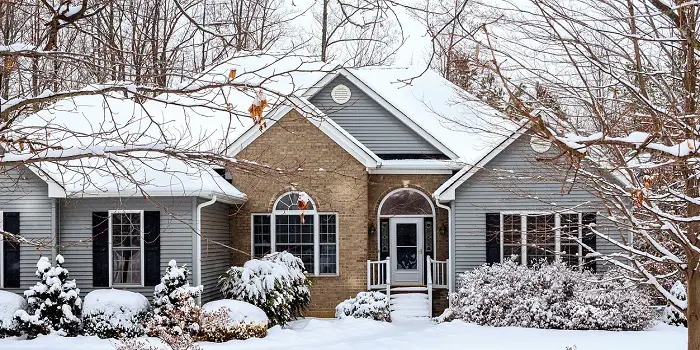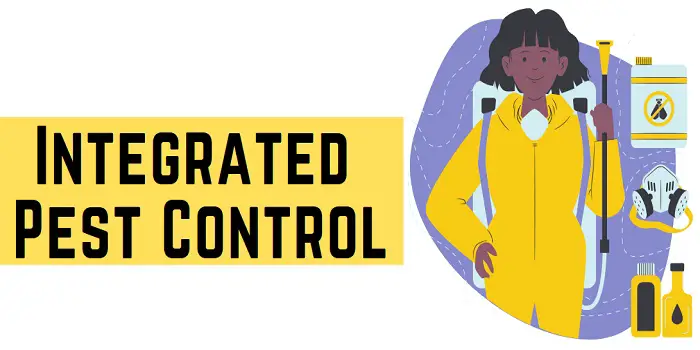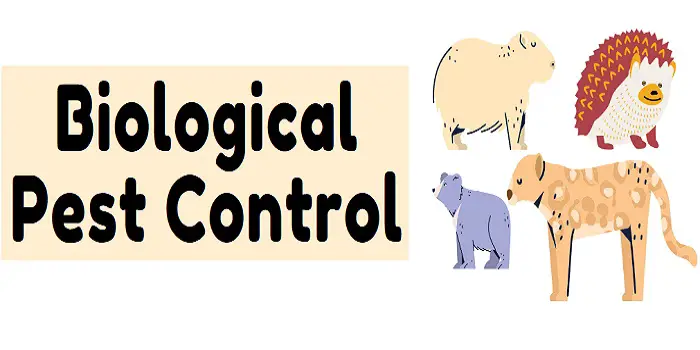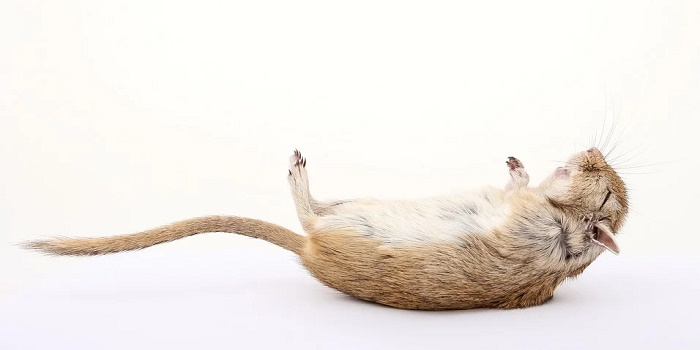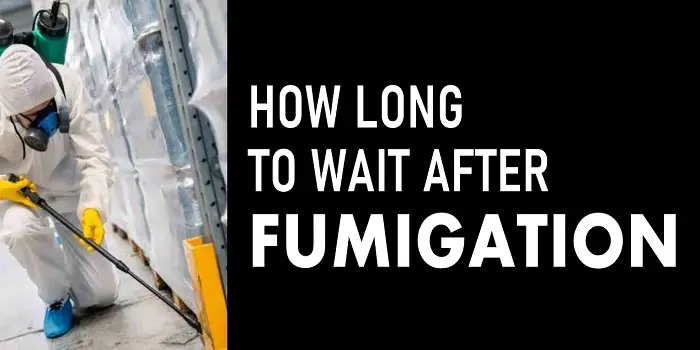
While several methods can be employed to get rid of pests in the home, fumigation is arguably the most practical and effective.
Fumigating a room or a home not only rids the immediate area of pests, but it also penetrates through the cracks and openings to the interior to destroy the nests as well.
The downside is that the products used for fumigation can be harmful to adults and especially babies and pets.
Depending on the type of fumigation used, it can take from 24 to 72 hours before the home is safe for you, your baby, your pets, and other family members to return.
Until that time, it’s important to air out your house, wait and stay out.
But there is much more to know, like what is fumigation, what are the various types, how does it work, and what are the risks involved if you return home early?
Let’s cover some of these details below…
What is Fumigation – How Does It Work?
Fumigation is considered the last resort when eliminating pests from the home, office, or building.
Think of it as the nuclear weapon used in a war.
Powerful enough to do the job but harmful to pests, humans, and pets. It is why evacuating the home to employ fumigation is necessary.
Depending on the type of fumigation used, the process fills the interior with a product that is poisonous to the pests.
What it does not kill forces the remaining pests to leave.
Plus, most fumigation processes leave a residue behind that destroys any returning pests until it fades.
Because of the toxicity of the fumigation process, there are definite risks involved.
What are the Risks Involved?
The most dangerous risk is inhaling the toxins that were used.
Because the most common type of fumigation is that of a gaseous state, it means that concentrations of the toxins are still in the air until they are ventilated.
When in their concentrated form, they can cause damage to the lungs.
All humans and pets are vulnerable, but babies, young pets, pregnant women, and people with health challenges (like respiratory diseases) are the most susceptible.
In addition to the lungs, symptoms of exposure may include the following…
- Irritation of the Eyes and Throat
- Nausea and Vomiting
- Weakness, Chest pain, and Diarrhea
In rare cases, it is possible to die from full exposure to toxins and lack of oxygen.
But it is far more common that a person will feel the ill effects for a short period. For pets and babies who are more vulnerable, exposure may lead to long-term health issues.
What are the Various Types?
There are three basic types of fumigation used to get rid of pests, gas, solid, and liquid.
All three types have advantages and disadvantages in ridding the property of pests.
Understanding how each type works will help you know what is best to use and how to avoid its complications.
a) Gas:
This is the most familiar of all types of fumigation methods. The toxins are released in a gaseous state and fill the area.
Gas is also the most dangerous of all three fumigation methods, requiring special protection to be used.
In addition, the area where the fumigation is to happen must be fully enclosed to keep the gas from escaping.
Gas fumigation can eliminate different types of pests, from insects to rodents to weeds and more.
It is mostly used inside the home to eliminate termites, mice, and mold that is often located behind walls, above ceilings, or in other places that standard eradication methods cannot reach.
This form of fumigation requires the evacuation of the area until the toxins fade.
b) Liquid:
This type of fumigation is mainly used to target insects and particularly mold.
The toxins used in this form of fumigation are mixed with water, so they can spread more easily across the surface.
Liquid fumigation uses a sprayer to cover surfaces and is most effective indoors and outdoors.
In fact, it is arguably the most common practice to use liquid fumigation outdoors because of the danger it presents, but also its effectiveness in sticking to surfaces.
There are several products used for this type of fumigation, including carbon disulfide, ethyl acetate, chloroform, and carbon tetrachloride.
In addition, many of these products are flammable even when mixed with water, so care must be taken to avoid open flame.
This may require the services of a professional pest control expert to use liquid fumigation as they have the gear and training for the job.
c) Solid:
As the name implies, this is a type of fumigation that uses solid products such as pellets, tablets, or powders.
Solid fumigation is arguably safer compared to liquid or gas.
In addition, the products used tend to be more environmentally friendly.
In most cases, solid fumigation is used outdoors to protect crops such as tea, cotton, grain, and others.
The pests consume the solid fumigation and then die as a result while leaving the crops intact.
Aluminum phosphide and calcium cyanide are two common examples of solid fumigants. There are others that can be used as well.
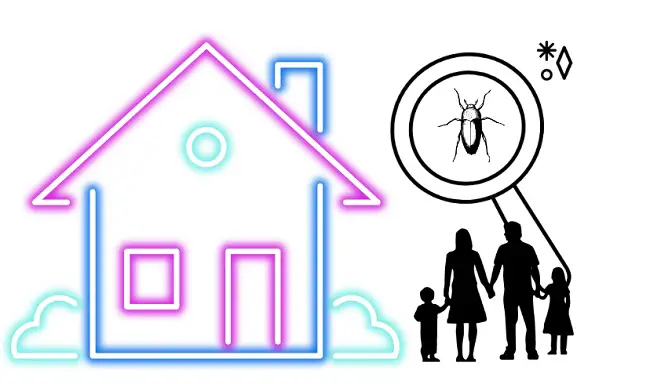
How Long After Fumigation is It Safe to Return?
As mentioned before, depending on the type of fumigation used, it takes from 24 to 72 hours for the product to dissipate to the point where it is safe to enter the property.
The same is true for liquid fumigation used outdoors.
Fumigation, in general, consists of three stages, preparation, application, and post-fumigation.
Understanding how all three work will help in preparing for the fumigation process.
Preparation:
This involves covering the area for gas fumigation and keeping the toxins inside.
An inspection is conducted to ensure that all people, pets, and items that might be harmed by the fumigation are removed.
There can be several things you will need to pack when you prepare yourself and your home for fumigation treatment.
You will not need to pack up your whole house.
This means you should leave the infested furniture and pack the belongings like:
- Children’s toys
- Pet food and supplies
- Raw or previously opened edibles
- Medicines, toiletries, and skincare products
Application:
Chloropicrin is released inside to warn anyone or anything to leave as it causes mild irritation of the eyes, throat, and nose.
After a pre-set time, the gas fumigation is then released.
Methyl Bromide and Phosphine are the two main gases commonly used for fumigation.
These gases can be highly toxic to humans and also very flammable.
Especially when used at higher concentrations, it can ignite spontaneously.
Post-Fumigation:
After the recommended time has passed, the tent or covering is removed.
All surfaces are measured for their toxicity levels, and a return is then granted once it is deemed safe.
For all fumigation, it is recommended that you use the services of a professional pest control expert.
You can maximize the results while protecting yourself, your family, and your pets from this process with an expert doing the work.
After they are done, always take the permission of the fumigator before reentering your commercial or residential property.
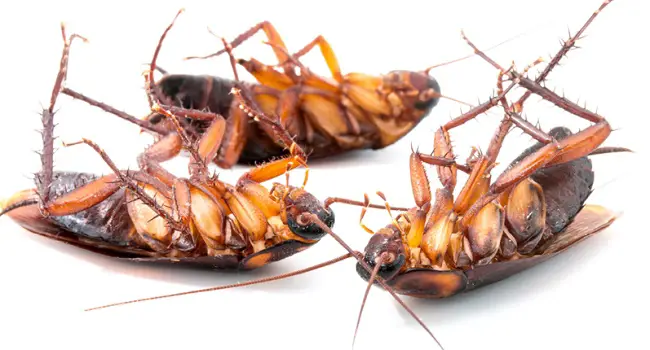
How to Clean Up After Roach and Flea Fumigation?
Fumigation of your house is one of the best ways to eliminate bed bugs, cockroaches, termites, and other pests.
However, after the fumigants are sprayed, you will need to thoroughly clean up your home not only to get rid of dead pests lying around but also the chemicals/fumes present.
Here are a few steps you should take before you settle back and restore your home’s comfort with your family…
Step 1 – Air Out the Place
To air out your house after fumigation, open up all the doors and windows.
This will ensure that there is proper ventilation and that the area gets well-aerated before you welcome your pets, kids, and family.
If there are any food items that were left open during the fumigation, discard them.
Make sure your dog, cat, or toddler does not consume any of these.
Step 2 – Vacuum and Wipe
Vacuum all the dead insects (like fleas, roaches, spiders, ants, termites, etc.) and discard the vacuum bag.
Then vacuum all your curtains, furniture, cupboards, kitchen cabinets, drawers, etc.
Do not leave any corners – make sure that you move around all the chairs, tables, and couches to vacuum all the places.
Make a solution with equal amounts of water and white vinegar.
Damp a cloth and wipe the surfaces to get rid of dust and fumigants that may have been left behind after vacuuming.
After you have wiped all the surfaces, discard the cloth immediately.
Step 3 – Clean Carpets and Clothing
Keep in mind that the gases used for termite and roach fumigation can get trapped in your carpets, rugs, clothing, towels, upholstery, linens, mattress, bedding, etc.
If you didn’t remove (or cover) them before leaving, you should get them cleaned thoroughly in a laundry.
You may consider purchasing a few new ones if some of them are old and you plan to discard them.
Step 4 – Clean the Toilet and Bathroom Floors
Having cleaned all the living areas and surfaces, do not forget to clean the toilets and the bathroom floors.
It’s good to use warm soapy water to mop the flooring and wipe out the restroom surfaces before using them again.
Other Related Questions:
What kind of structures can be fumigated?
With wide improvements in technology, fumigation services have improved drastically from what it was before.
Today pest control technicians are able to deliver these services to a wide range of clients no matter whether they own a single-family unit like an apartment or a big multi-storeyed building.
Buildings, offices, and even industries (like food processing plants, packaging warehouses, seed processors, feed manufacturing, etc.) can also avail of these services to solve their pest issues.
No matter whether your problem is big or small, most fumigation companies can deal with them effectively without fail.
Can you drink bottled water after fumigation?
Unopened bottled water, bottled soda, wine bottles, glass jars of pickles, unopened cans of soup, etc., are safe to use after fumigation.
If there are any plastic drinking bottles, it’s good to pack them up in bags and leave them in your house as it is.
Make sure you discard all the opened bottles, cans, and food items before or after fumigation. Do not use them.
How long after fumigation do roaches and bed bugs die?
Mostly it will depend on the infestation level and the formulations used for the treatment.
But on average, a 70-75% reduction in the population of roaches and bed bugs has been seen in the first week.
But it may take an additional four to five weeks to get rid of them completely.
So, you should expect a total of six weeks after fumigation before you can find your place bug-free.
With that said, a single treatment will often not be sufficient to kill all the roaches and bugs.
You may then require several follow-up visits to see the results.
Also, there can be instances when you may see more roaches than ever before for a few days.
Worry not. This is a sign of successful cockroach control, which means they are leaving their hiding places and coming out to die.
The Conclusion
Fumigation is an effective process to eliminate insects, rodents, and other pests in your home.
The cost to fumigate your house can vary from $1 to $3 per square foot (i.e., from $2,000 to $6,000 for a 2,000-square-foot home) depending on the type and severity of the infestation your home has.
If you are planning to treat your property, keep in mind to prepare your home well in advance.
Also, ask the professionals about the process and things you will need to do after the waiting period is over. This will help your family stay safe – after you return home.
Share the post "How Long After Fumigation Is It Safe for Pets and Babies?"

Welcome to ProShieldPest.com. I am Tina Jones. I have been working as a pest removal professional in Winslow, Arizona lately. At present, I love to spend my time with my family as a retiree.
Here I share all my knowledge and experiences to help people understand better how they can stop pests at their homes without actually killing them. Hopefully, the information you will find here will help in safeguarding your home! You can check more about me here.

